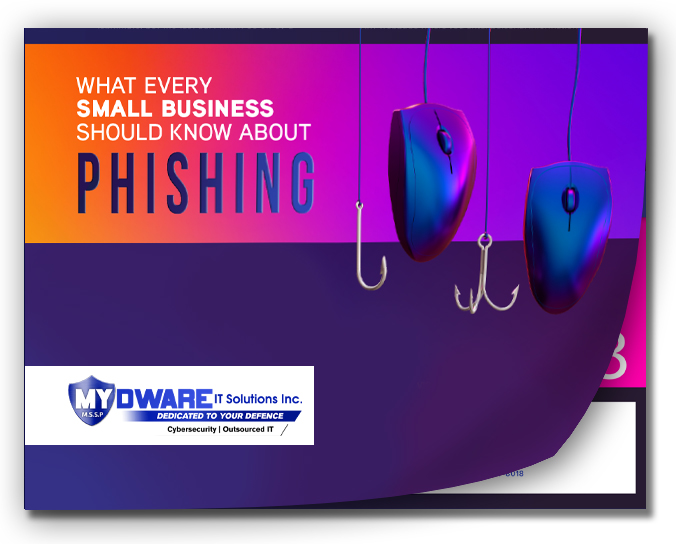 As Microsoft prepares to end support for Windows 10 on October 14, 2025, businesses and individuals using this version must start planning their next steps. After the end date, Microsoft will no longer provide free security updates, technical support, or non-security updates for Windows 10. If your PC has failed the Windows 11 compatibility test, you still have several options to consider. Below, we outline each option, its benefits, and important factors to keep in mind.
As Microsoft prepares to end support for Windows 10 on October 14, 2025, businesses and individuals using this version must start planning their next steps. After the end date, Microsoft will no longer provide free security updates, technical support, or non-security updates for Windows 10. If your PC has failed the Windows 11 compatibility test, you still have several options to consider. Below, we outline each option, its benefits, and important factors to keep in mind.
Understanding Your Options When Windows 10 Reaches End of Life
If your Windows 10 PC can’t upgrade to Windows 11, there are a few paths you can take to ensure your systems remain secure and functional. Here’s a breakdown of each option available to you, along with considerations for each approach.
If you want to understand more of why windows 10’s life is ending, click here.
1. Ignoring the Windows 10 End of Life Date (Not Recommended)
One choice is to continue using Windows 10 without support. While technically possible, this option comes with substantial risks.
Risks of Ignoring Windows 10 End of Life
- Lack of Security Updates: Without updates, your PC will be vulnerable to cyber threats, malware, and viruses, as new security patches will no longer be available.
- Performance Issues: As Windows 10 ages, it may experience performance issues due to outdated drivers and lack of compatibility with new software.
- No Technical Support: Microsoft will not offer any technical assistance, making troubleshooting more challenging.
For most businesses, this option is not advisable as it puts your data and operations at significant risk.
2. Switching from Windows to Linux
For users looking for an alternative operating system, Linux provides an open-source, secure, and cost-effective option.
Pros and Cons of Moving to Linux
- Security Benefits: Linux is known for its strong security and resistance to many types of malware.
- Free OS: Linux is free to download and use, making it an affordable option.
- Technical Expertise Required: Switching to Linux can be complex, requiring technical know-how to navigate installation, software compatibility, and general troubleshooting.
Switching to Linux can be effective for tech-savvy users, but it may introduce challenges for those unfamiliar with this operating system.
3. Upgrading Incompatible PCs Using a Technical Workaround
If your PC is deemed incompatible with Windows 11, there may still be a workaround to install it. This option involves using a technical bypass.
How the Workaround Works
- Registry Edits and TPM Configuration: By making a minor registry edit and enabling Secure Boot with the Trusted Platform Module (TPM), you may be able to install Windows 11 on an unsupported PC.
- Compatibility Warnings: Microsoft warns that unsupported PCs may not receive future updates and could face performance issues. Warranty coverage may also be affected.
For businesses or individuals willing to accept the risks, this option can provide a way to use Windows 11 on older PCs. However, consider the potential limitations before proceeding.
4. Purchasing Extended Security Updates for Windows 10
Microsoft offers Extended Security Updates (ESUs) for Windows 10, allowing users to continue receiving security patches beyond the end-of-life date.
Details of Microsoft’s Extended Security Updates (ESUs)
- Subscription-Based Cost: The cost begins at approximately $61 for the first year, doubling each subsequent year, reaching $244 by year three.
- Cumulative Subscriptions: Users must purchase each year’s subscription consecutively to remain eligible for the next.
- No Technical Support: ESUs provide only security updates; technical assistance is not included.
ESUs can be a short-term solution for businesses, but the increasing cost and lack of support mean it may not be viable as a long-term option.
5. Upgrading to a New PC Compatible with Windows 11
For businesses with older hardware, purchasing a new, Windows 11-compatible PC may be the best solution.
Advantages of Investing in New Hardware
- Improved Security: New PCs come with enhanced security features built for Windows 11, providing better protection against threats.
- Performance Boost: Upgrading to new hardware ensures faster speeds, better functionality, and increased compatibility with the latest software.
- Future-Proofing Your Operations: Investing in a compatible device ensures you’re ready for years to come without compatibility issues.
When upgrading, ensure you back up all important data to avoid any data loss during the transition.
Preparing for the Windows 10 End of Life
The October 2025 deadline is approaching, and it’s essential to prepare ahead of time to avoid any disruptions. If you’re uncertain which option is best, we can help. Our team provides a comprehensive assessment of your current setup, helping you choose the solution that best aligns with your needs.
Ready to take action? Contact us to schedule a consultation and learn how we can help you navigate the Windows 10 end of life with confidence. If you feel like your business is in danger, you can take our FREE Cybersecurity Risk Assessment NOW!
Darryl Cresswell
CEO & President
MYDWARE IT Solutions Inc.




